Don’t Blow Your Top! Why Cars Overheat and What to do When it Happens
So you are cruising down the road, enjoying some spicy tunes and a crispy taco from your favorite place, and all of sudden you lose power. The engine doesn’t sound right, you pump the gas pedal, but get nothing as you lose speed and all sorts of grumpy sounds come from under the hood. You glance at the gauges and see a big red light and the temperature gauge is spiked. Welp, it’s time to pull over and assess the situation.
Everyone at some point will deal with a car overheating. Maybe it is summer, maybe it is winter; your engine does not care whether you are wearing shorts or pants. In fact, winter overheating is just as common as in summertime. The mechanics may be different, but the results are the same—you are stuck on the side of the road with an overheated engine.
Engines overheat for several reasons. Some are simple, some are catastrophic, so we will touch on each one and how you can avoid them.
Why Is My Car Overheating: Low coolant
The most common cause of an overheated engine is low coolant. Even in a sealed system, there is always a small amount of coolant loss. Today’s engines use sealed systems, but the reservoir, also known as the overflow tank, is open to the atmosphere, so there is some loss simply due to evaporation. Check your engine’s coolant every oil change and make sure it is at the correct level.
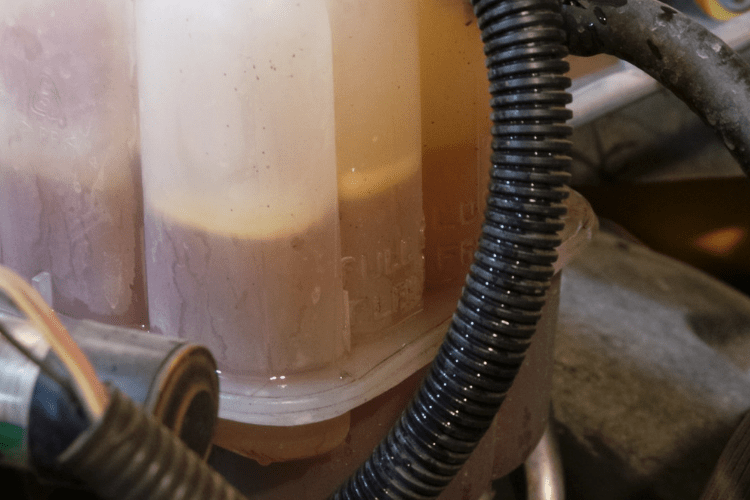
Why Is My Car Overheating: Fan failure
Most modern vehicles use electric cooling fans to draw air through the radiator to cool the engine. When the fan stops running, the only time the radiator is getting air flow is when you are driving. If your car is heating up at stoplights, then you likely have an air flow issue.
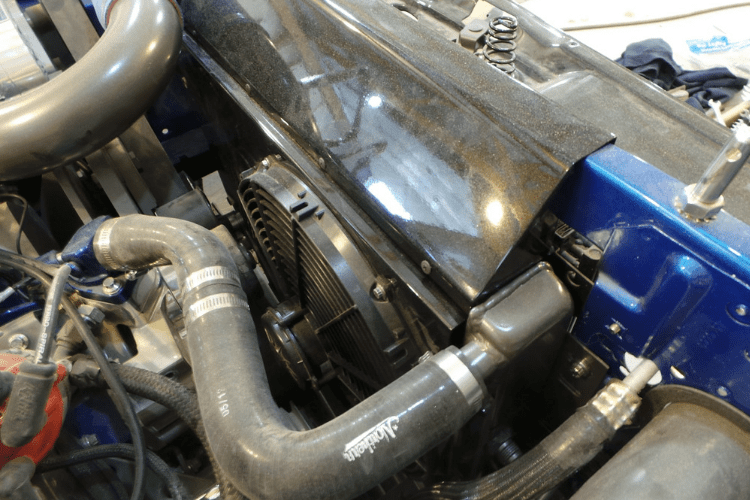
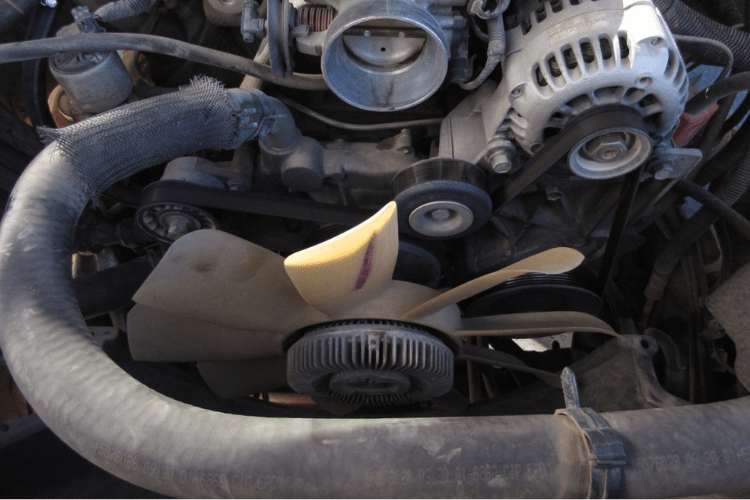
Why Is My Car Overheating: Hose collapse
Over time, the rubber in your radiator and heater hoses weakens. Once the integrity of the hose is compromised, the vacuum inside the cooling system can suck the hose shut, cutting off the flow of coolant. Check your hoses every oil change to see is they are soft and spongy. If they are, replace them.
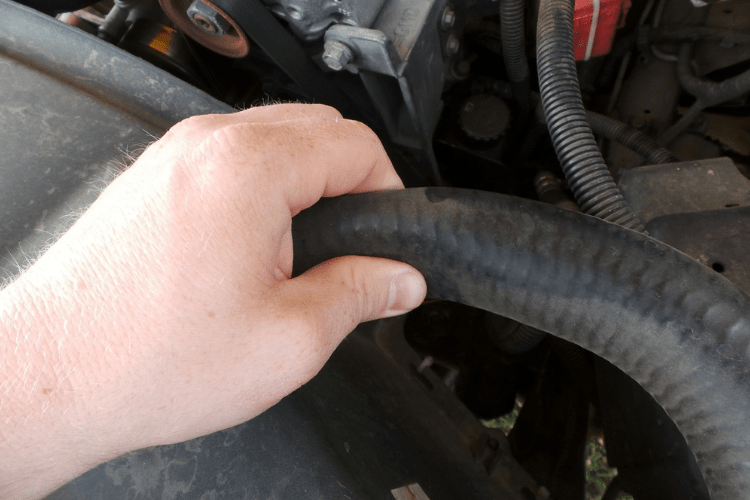
Why Is My Car Overheating: Stuck thermostat
Inside the water neck (the coolant exit to the top of the radiator) is a thermostat. This is what controls the flow of coolant. At a certain temp, it opens, allowing coolant to flow until the temp drops enough that it closes. This functions via a special plastic that melts and re-solidifies. Eventually, the plastic can leak into the piston area and hold the unit open or closed. If it is held closed, you will overheat. If it is held open, your engine will take a really long time to warm up.
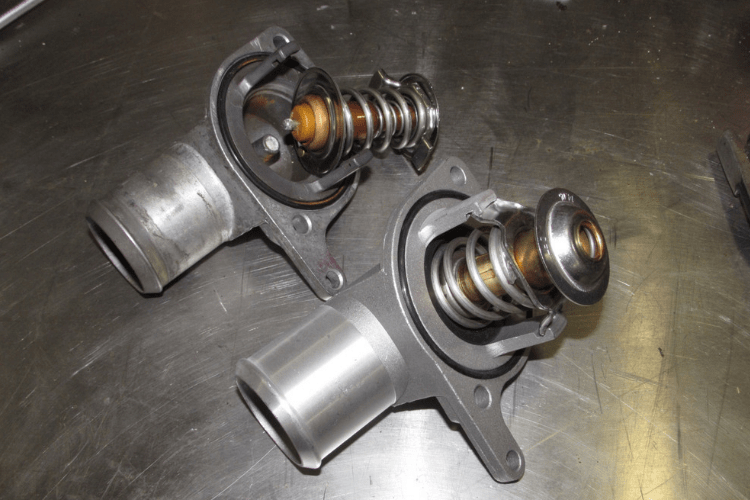
Car Overheating Causes: Major leaks and physical damage
Hoses and radiators can spring a leak from age, wear, corrosion, and physical damage. Some damage, such as pinhole leaks in the radiator can be patched with liquid repair chemicals such as Alumaseal Stop Leak and Alumaseal Stop Leak Powder for short term repairs to get you home. Hoses cannot be reliably patched unless it is an emergency situation, and even then those repairs only last a few miles in most cases. Large damage requires complete replacement.
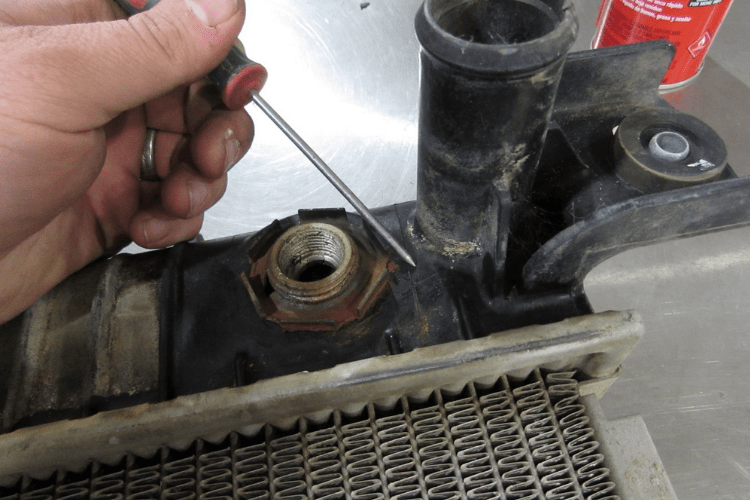
Car Overheating Causes: Water pump failure
This is a catastrophic failure that will kill your engine quickly. All of the above issues tend to happen slowly, so you may notice your engine running hotter than normal several times before you get a full overheating episode, but water pumps tend to just go suddenly. If you see a small puddle of coolant under your vehicle in the driveway, chances are your pump is beginning to leak through the weep hole. This happens when the bearings and seals are going bad.
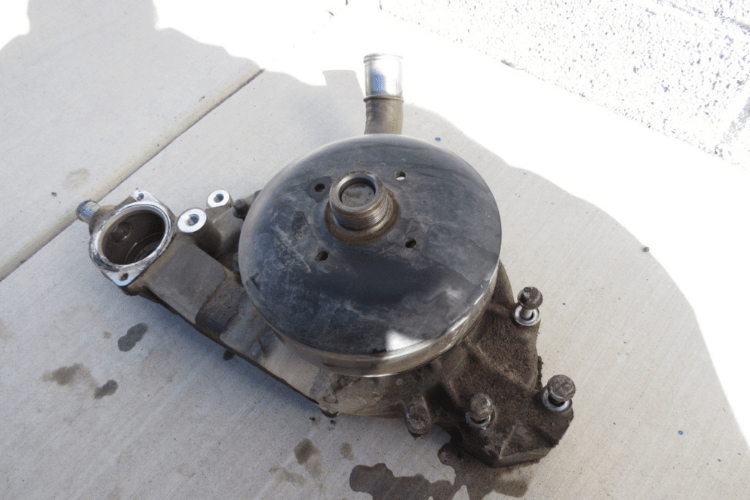
Car Overheating Causes: Blown head gasket
A blown head gasket will almost always cause a major overheating episode. This is not a side of the road fix, it is a major overhaul. You know you have a blown head gasket when your oil is milky colored or the coolant is army green (typical green coolant) or dark brown (orange coolant).
Your Car Is Overheating: What to do when it happens
First things first, any time you have catastrophic car failure, pull your vehicle over to the side of the road as far as you can safely do so. You need as much room as possible to allow other vehicles to pass. Trigger your emergency flashers and wait until the coast in clear before exiting the vehicle.
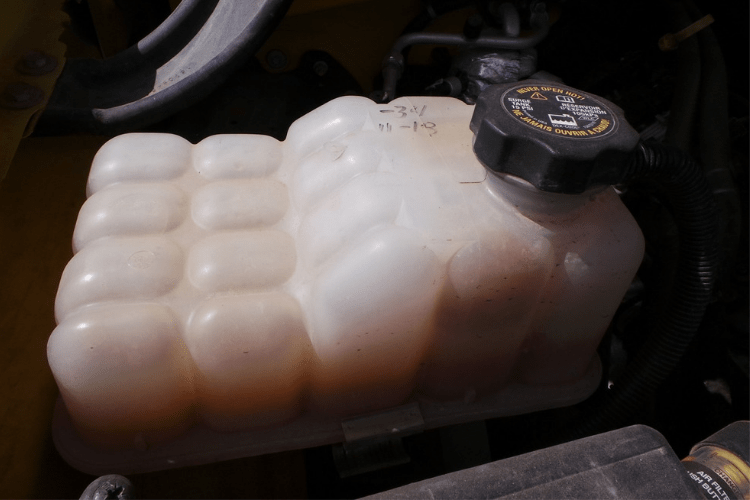
Overheating means your engine’s coolant is over 230 degrees. DO NOT open the radiator or overflow reservoir until the vehicle has cooled significantly. Failure to do so can result is serious and significant burns and physical injury. Give the vehicle at least 30 minutes to cool before looking things over. Check the oil, check the coolant level in the reservoir tank by looking at the fill level on the side. Once the engine is cooled, you can carefully open the cap and have a look. It is a good idea to carry a couple jugs of water in your trunk. Look for spills, collapsed or damaged hoses, and if there are none, refill the radiator and reservoir with coolant.
Reinstall the cap and attempt to the start the vehicle. If it starts and runs well, you can drive to the nearest part store, service shop, or home. If it does not start or does not run well, shut the ignition off and call for a tow vehicle. DO NOT attempt to drive your vehicle if it is not staying cool, runs poorly, or is making noise. If you do, you can turn a small fix into a massive repair very quickly.





